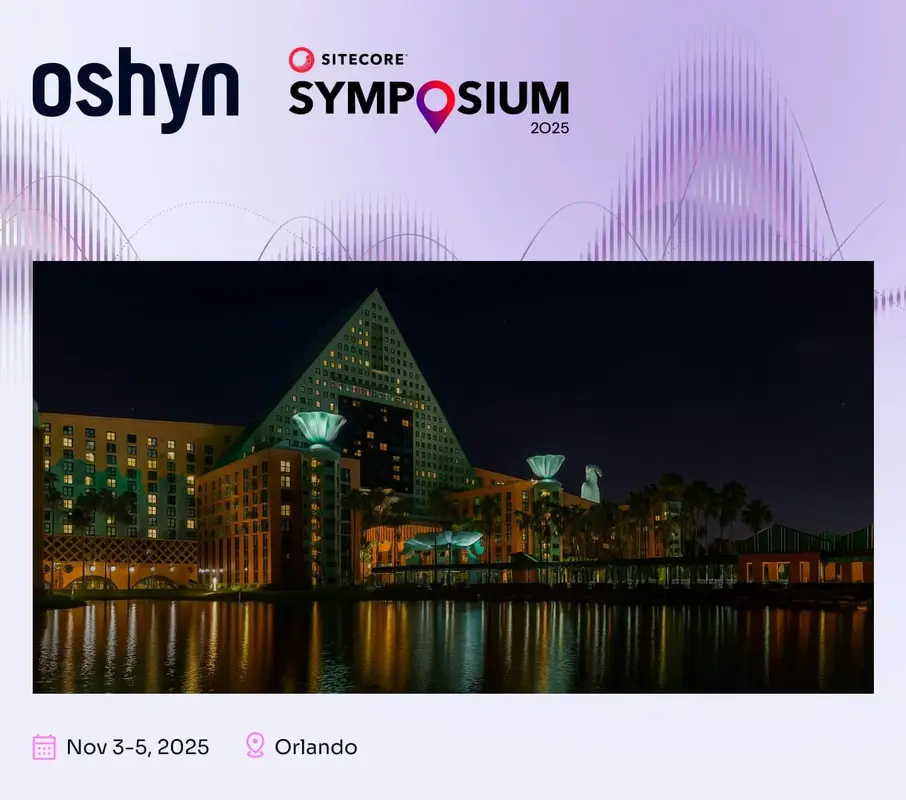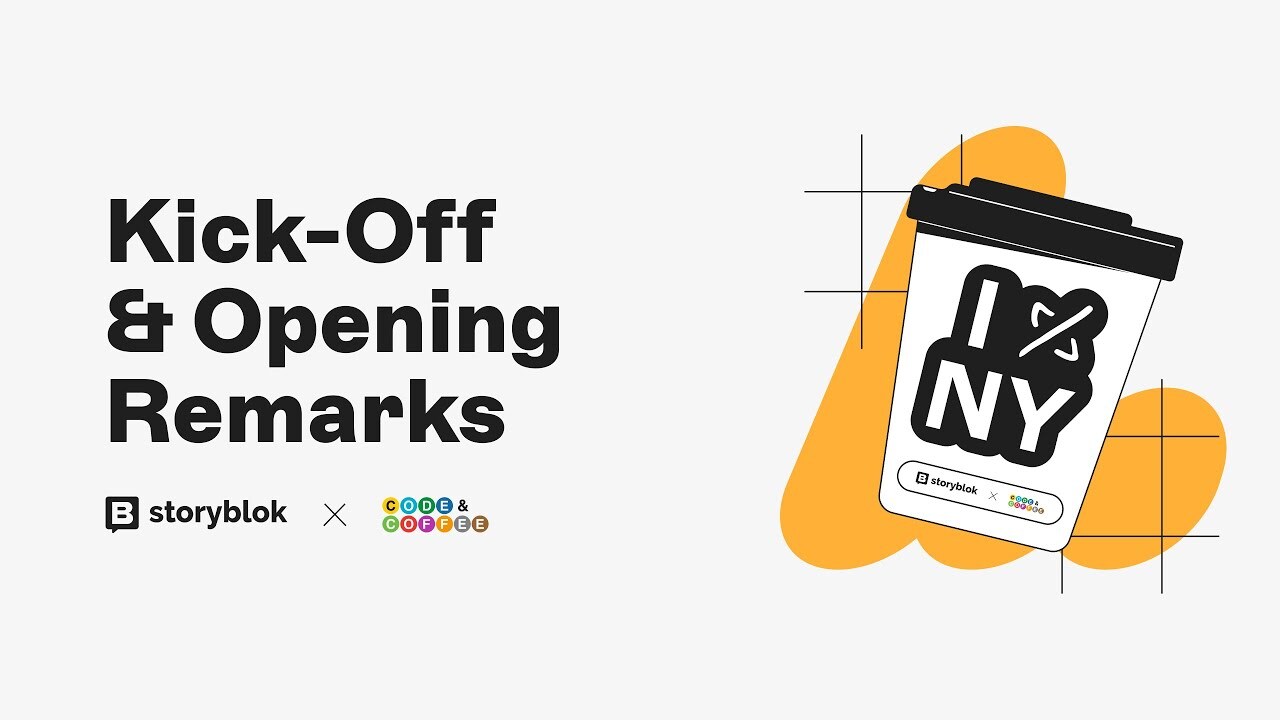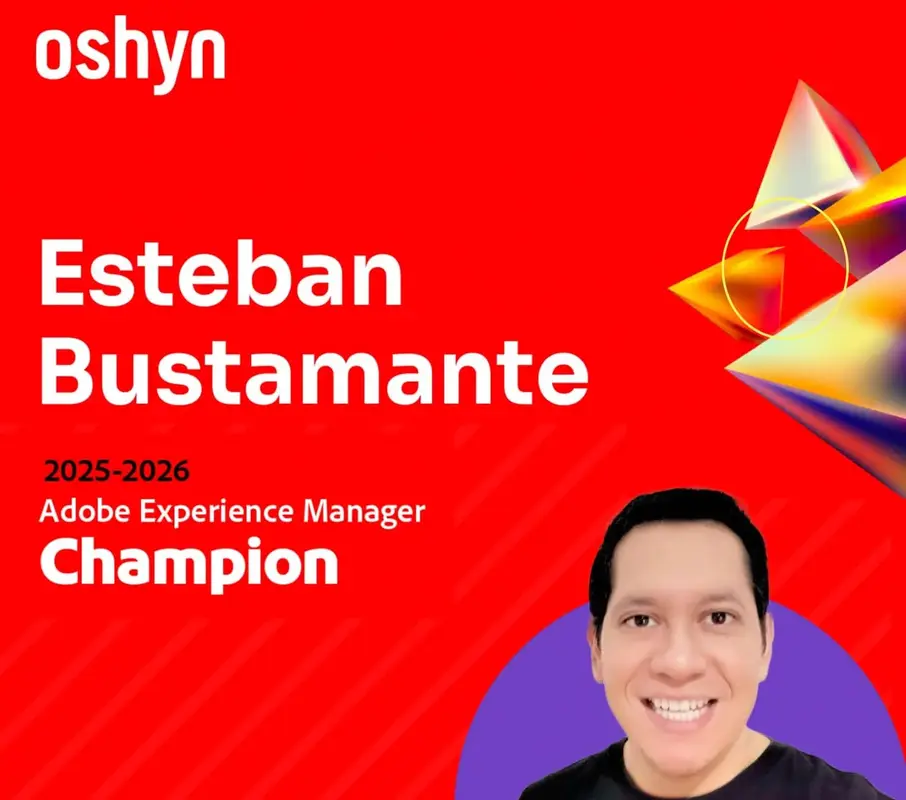Headless CMS
Headless CMS is a content management system that has gained significant popularity in recent years due to its flexibility and adaptability. Essentially, it separates the content layer from the presentation layer, allowing developers and marketers to focus on their respective tasks without interfering with each other’s work. The term “headless” refers to the lack of a fixed frontend or “head,” which allows content to be delivered via an API to any platform or device.
One type of headless CMS that is becoming increasingly popular is open source headless CMS. This variant provides users with free access to the software’s source code, enabling them to modify it according to their requirements. Open-source solutions are cost-effective and foster innovation since they allow developers to collaborate and build upon existing platforms. Some popular open-source headless CMS options include Strapi, Directus, and Ghost.
Understanding the differences between traditional CMS vs headless CMS is crucial for businesses looking for the right content management solution for their needs. A traditional CMS typically combines both backend (content creation) and frontend (content presentation) functionalities in a monolithic structure. This means that any changes made in either area can affect the entire system, limiting flexibility and making updates more challenging than necessary.
On the other hand, headless CMS allows developers greater freedom when creating custom frontend experiences without impacting the backend infrastructure. This separation creates a more efficient workflow for both content creators and designers since they can now work simultaneously without hindrance.
Storyblok is an excellent example of a headless CMS that has garnered attention due to its unique features. Besides offering all benefits associated with a typical headless CMS such as API-driven content delivery, Storyblok also includes a visual editor that enables non-technical users like marketers to manage website components effortlessly. It provides developers with complete control over how content appears while ensuring that marketers can still edit and manage this information efficiently.
Knowing what headless CMS means understanding its various benefits for businesses and developers. The most significant advantage of using a headless CMS is its flexibility, as it enables the efficient delivery of content across different channels and devices. This compatibility is crucial in today’s technology-driven world where users access content via various platforms such as websites, mobile apps, and IoT devices.
Another notable benefit of headless CMS is its ability to facilitate more agile workflows. With the separation between content creation and presentation, developers can make changes to their codebase without affecting the work done by marketers or content creators. This streamlined process leads to improved efficiency and faster project completion times.
In conclusion, headless CMS has emerged as a powerful alternative to traditional monolithic CMS solutions due to its ability to adapt to modern technological advancements with ease. Open source headless CMS platforms further contribute to accessibility and innovation in this space. Understanding the fundamental differences between traditional and headless systems will enable businesses to make informed decisions when selecting their ideal content management solution. Storyblok exemplifies how headless CMS systems can strike a perfect balance between developer control and ease of use for non-technical personnel. By harnessing these benefits, organizations can enjoy greater flexibility, improved efficiency, and enhanced user experiences for their target audience.
Headless CMS Example
Headless CMS is a modern solution that empowers businesses, developers, and marketers by offering them the flexibility to create websites, applications, and digital experiences with ease. This innovative approach to content management has garnered significant attention in recent years due to its ability to separate the presentation layer (front-end) from the data and logic layer (back-end). This separation allows for faster development cycles, seamless content delivery across multiple channels, and enhanced overall performance. In this analysis, we shall delve into various examples of headless CMS platforms such as Shopify Headless CMS, ButterCMS, DotCMS, Headless CMS WordPress, and Agility CMS.
Shopify Headless CMS is an example of a platform designed explicitly for e-commerce businesses. By leveraging this headless architecture, Shopify offers unparalleled flexibility and customization options for online stores. Users can create unique shopping experiences across multiple devices and touchpoints while maintaining centralized control over their product inventory and customer data. With Shopify’s extensive API support and robust developer ecosystem, businesses can easily integrate their front-end frameworks of choice to deliver cutting-edge user experiences.
ButterCMS is another prime example in the world of headless content management systems. This API-first platform enables developers to integrate a powerful back-end system into any existing application or website seamlessly. With its pre-built SDKs available for popular programming languages like React.js and Angular.js amongst others; ButterCMS thrives on simplicity & scalability making it an ideal choice for small-to-medium-sized businesses looking to streamline their content workflows. Additionally, ButterCMS supports instant updates for live-editing capabilities providing marketers with more control over their campaigns’ performance.
DotCMS takes the headless approach a step further by providing users with a hybrid solution that combines traditional CMS features with modern headless functionalities. As an open-source Java-based platform, DotCMS facilitates rapid application development through its drag-and-drop layout editor while retaining the flexibility of delivering content through APIs. This headless CMS example is well-suited for businesses that require both responsive web designs and dynamic content delivery across multiple channels such as mobile applications, IoT devices, and digital signage.
Headless CMS WordPress demonstrates the versatility of one of the most popular content management systems globally by adopting a headless approach to cater to more diverse use-cases. By utilizing the WordPress REST API, developers can fetch and manage content from any WordPress site while building custom front-end experiences using modern frameworks like React or Vue.js. This flexibility adds a new dimension to an already powerful platform, enabling users to leverage their existing WordPress skills while exploring new avenues for digital applications.
Agility CMS is another noteworthy example in this space, focusing on providing developers with a fast and flexible architecture while empowering marketers with intuitive tools for managing content creation workflows. As a SaaS-based platform, Agility CMS offers features like multi-site support, content localization, and advanced media management capabilities for organizations looking to create global digital experiences. With rich integration options available through APIs and SDKs; it becomes even easier for businesses to tailor their front-end solutions according to their specific requirements.
In conclusion, headless CMS platforms like Shopify Headless CMS, ButterCMS, DotCMS, Headless CMS WordPress, and Agility CMS showcase the adaptability and innovation sweeping the content management industry today. These examples offer unique value propositions catering to different organizational needs while sharing a common goal of delivering exceptional digital experiences through flexible architectures and seamless content delivery across various channels.
Headless CMS Architecture
The world of content management systems (CMS) is evolving at a rapid pace, with headless CMS architecture gaining traction for its ease of use and flexibility. This modern approach to content management has opened up new possibilities for various businesses and industries, including ecommerce and enterprise companies. In this article, we will delve into the different aspects of headless CMS options, platforms, features, and how they cater to the unique requirements of ecommerce and enterprise organizations.
Starting with simple headless CMS solutions, these platforms offer a streamlined approach to content management without the need for a traditional front-end user interface. By separating the content layer from the presentation layer, developers can easily access content via APIs and deliver it across multiple channels and devices. A simple headless CMS provides essential tools for creating, updating, and managing content in an efficient way while ensuring seamless integration with other applications.
Exploring various headless CMS options available in the market today reveals an impressive array of choices catering to different needs. With open-source solutions like Strapi or Directus to commercial offerings such as Contentful or Prismic.io, businesses have no shortage of options when it comes to selecting a platform that best suits their requirements. These options vary in terms of pricing models, scalability features, third-party integrations as well as cloud-based or self-hosted infrastructure choices.
When considering headless CMS platforms developed specifically for ecommerce businesses, it becomes crucial that these solutions provide robust functionalities tailored towards online retail operations. Ecommerce headless CMS platforms must be able to handle product catalogs, customer data management, inventory tracking as well as order processing workflows. Integration with popular ecommerce platforms like Shopify or Magento is also vital in creating seamless shopping experiences across channels.
On the other end of the spectrum lie enterprise-grade headless CMS systems designed for large-scale organizations with complex content requirements spanning across multiple departments and regions. Enterprise-level solutions cater to these demanding scenarios by offering advanced collaboration tools for multi-user environments, granular permissions management, and comprehensive auditing capabilities. Additionally, the ability to scale up or down depending on traffic requirements and support for multiple languages or localization is essential in enterprise headless CMS offerings.
The versatility of headless CMS architecture can be further understood by examining its headless CMS features that cater to unique business needs. Irrespective of size or industry, organizations can benefit from API-driven content delivery, which enables omni-channel publishing and faster time-to-market. The decoupling of content and presentation layers also provides developers with greater flexibility in terms of front-end technology choices, leading to more efficient development workflows.
Furthermore, headless CMS platforms often come equipped with tools for versioning and rollback capabilities ensuring content updates can be easily managed and tracked over time. Security is another important aspect addressed by these solutions through secure APIs along with robust user authentication and authorization features.
In conclusion, headless CMS architecture offers an exciting new era of content management possibilities catering to the ever-changing digital landscape. Be it simple headless CMS solutions for small businesses or the ones tailored specifically for ecommerce or enterprise use cases; there are numerous options available in the market that cater to varying requirements. By leveraging a suitable headless CMS platform equipped with essential features, businesses can deliver engaging multi-channel experiences while streamlining their overall content management processes.


















